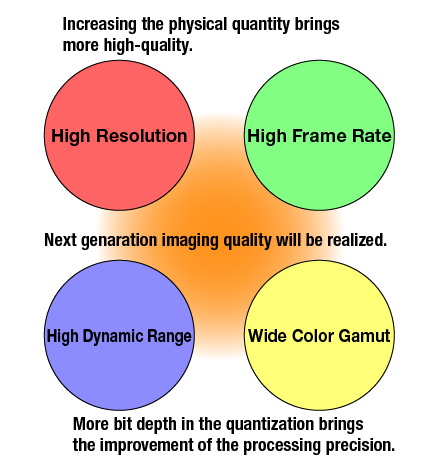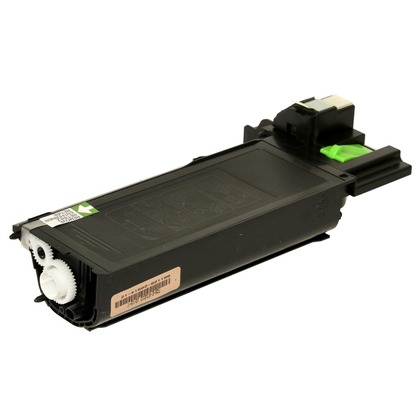Studio One Process Precision
By default, Studio One’s process precision is set at Single (32-bit). If using Studio One Professional, you may choose double precision (64-bit) from the Process Precision drop-down menu. If your computer has multiple processors or processing cores, Enable Multi-Processing is checked by default. Studio One Pro is based on a cutting-edge audio engine that delivers unparalleled sound and automatically switches between 32-bit and 64-bit floating-point processing on the fly (even with a 32-bit OS), ensuring the highest quality audio at all times. Studio One Artist employs the same audio engine but only operates in 32-bit mode. I'm not quite clear on this. Are you talking about presets and so forth, or the workflow to get you to the sound you want? All I can say is, when you find a DAW that seems friendly, it's worth checking out. If you decide to go that route, MF is offering Studio One Artist (the LE version) for $49, as opposed to $399 for the pro version.
Precision Process Inc
64 bit double precision engine - on or off?Perhaps I don't fully understand what the '64 bit double precision engine' checkbox in preferences really does.If I'm running Windows 64 bit, and Sonar 64 bit, wouldn't I always want it on?From reading some of the information Cakewalk has on their website about this:'The 64-bit Double Precision Engine provides greater resolution, meaning more accurate audio reproduction and more headroom. You'll especially notice the benefits of the 64-bit Double Precision Engine when working in large projects containing many audio tracks and plugs-ins. Your chances of clipping will be significantly reduced.' It just does internal mathematical calculations with more precision (64 bits instead of 32) and is different from the 64 bit OS or SW versions, which involve memory addressing instead of calculations.As a general idea, you can think of it in terms of dividing 10/6 and the result is 1.666666667 instead of 1.67.But in reality (despite what some people's imagination tells them) 32bit single precision floating point already puts calculation errors far below ever being audible, so whether you turn it on or not doesn't really matter. I found this interesting. It would suggest that if you are getting audio dropouts due to processing power constraints you might try turning off the double precision floats (64).Execution speed with double-precision arithmetic Using floating-point variables and mathematical functions (sin, cos, atan2, log, exp, sqrt are the most popular ones) of double precision as opposed to single precision comes at execution cost: the operations with double precision are usually slower. On average, on a PC of year 2012 build, calculations with double precision are 1.1 - 1.6 times slower than with single precision.
Drewfx1It just does internal mathematical calculations with more precision (64 bits instead of 32) and is different from the 64 bit OS or SW versions, which involve memory addressing instead of calculations.As a general idea, you can think of it in terms of dividing 10/6 and the result is 1.666666667 instead of 1.67.But in reality (despite what some people's imagination tells them) 32bit single precision floating point already puts calculation errors far below ever being audible, so whether you turn it on or not doesn't really matter. A long time ago there was an 80387 Floating Point chip that was added to Pentium systems to do floating point.This is now called the x87 FPU and there are several of these floating point engines inside our new Intel CPUs.It doesn't matter if we run the CPU in 64 bit mode or not - the Floating point engines are capable of 32 or 64-bit operations. It's the same chip cell inside.Since the CPUs can schedule lots of things to run in parallel - integer units, FPU, etc. the Floating Point width does not matter a whole lot. Check your CPU and if you notice a difference turn it off.Here are some references about Floating Point mathWhat Every Computer Scientist Should Know About Floating-Point ArithmeticHere is a reference for the differences in CPU architecture:Summary of differences in Intel 32-bit and 64-bit run time modelsIntel Manuals:EDIT: added Intel manuals link. ArachnautA long time ago there was an 80387 Floating Point chip that was added to Pentium systems to do floating point.This is now called the x87 FPU and there are several of these floating point engines inside our new Intel CPUs.It doesn't matter if we run the CPU in 64 bit mode or not - the Floating point engines are capable of 32 or 64-bit operations. It's the same chip cell inside.Since the CPUs can schedule lots of things to run in parallel - integer units, FPU, etc.
the Floating Point width does not matter a whole lot. Check your CPU and if you notice a difference turn it off.Here are some references about Floating Point mathWhat Every Computer Scientist Should Know About Floating-Point ArithmeticHere is a reference for the differences in CPU architecture:Summary of differences in Intel 32-bit and 64-bit run time modelsIntel Manuals:EDIT: added Intel manuals linkIt was a big deal when Intel introduced the '486 - because it was the first x86 to have the FPU built-in on board, as opposed to a separate, optional chip.
(the FPU-less 486SX was a mistake.)I worked on a contract around that time for some air traffic mapping software to replace an application that required an FPU. The original application performance sucked because nobody had an FPU then, and emulation was slow. We did it using fixed point and one of the first 16-bit editions of Delphi and looked like heros.Them were the days.Today, FPU's are taken for granted. I know this is an older thread, but I thought this info might be useful. I use Guitar Rig 5 pro for all my guitar work, and of course I like to run it as close to real time as possible. With Double Precision on, I was getting crackles occasionally on my lowest latency settings, but when I turned it off, it was perfectly smooth. My system is a not so great AMD quad core build with the Athlon ii X4 631 processor (2.6ghz).
And guitar rig seems to not multi thread very well (when monitoring, one cpu would be 50%+ while the others were below 5% most of the time). So for this application, gaining that bit of processing by turning it off was extremely useful, as it may be for anyone who runs vst amp sims or other similar effects.
Click I accept the risk! How to restore previous session on firefox.

Jasonringer I know this is an older thread, but I thought this info might be useful. I use Guitar Rig 5 pro for all my guitar work, and of course I like to run it as close to real time as possible. With Double Precision on, I was getting crackles occasionally on my lowest latency settings, but when I turned it off, it was perfectly smooth. My system is a not so great AMD quad core build with the Athlon ii X4 631 processor (2.6ghz).

And guitar rig seems to not multi thread very well (when monitoring, one cpu would be 50%+ while the others were below 5% most of the time). So for this application, gaining that bit of processing by turning it off was extremely useful, as it may be for anyone who runs vst amp sims or other similar effects.This is because your system could not handle it at that latency setting. I use Guitar Rig 5 without any crackles a latency of 1.2ms and with the 64nbit engine on. You can leave the 64bit engine off and just enable it upon bouncing and exporting and you will achieve all the benefits of it. This is because when you record in sonar, its non destructive, so Sonar doesn't print anything. But its goosd to have it always on, so you can hear it in real time CJ. Wow, flashbacks.
Studio One Process Precision Group

I only ever use the 64bit switch during exports, and only if I think the content might benefit. Unless I'm freezing or bouncing a lot of tracks and still think that the content might benefit. I'm using an older Q9300 so CPU is still a factor. Are you recording a live band with distorted guitars, heavy compression, saturation, etc? 64bit will probably have little to no benefit. Recording a number of acoustic instruments and using lots of EQ or other plugins? Or perhaps creating really clean electronic compositions with lots of soft-synths and FX?
Those two scenarios might be better candidates: the more ITB processing and mixing is required on projects that are intended to be clear, detailed, or even 'lifelike' (particularly hi-res formats), the more that additional precision just might have an audible result. No harm in trying, right?